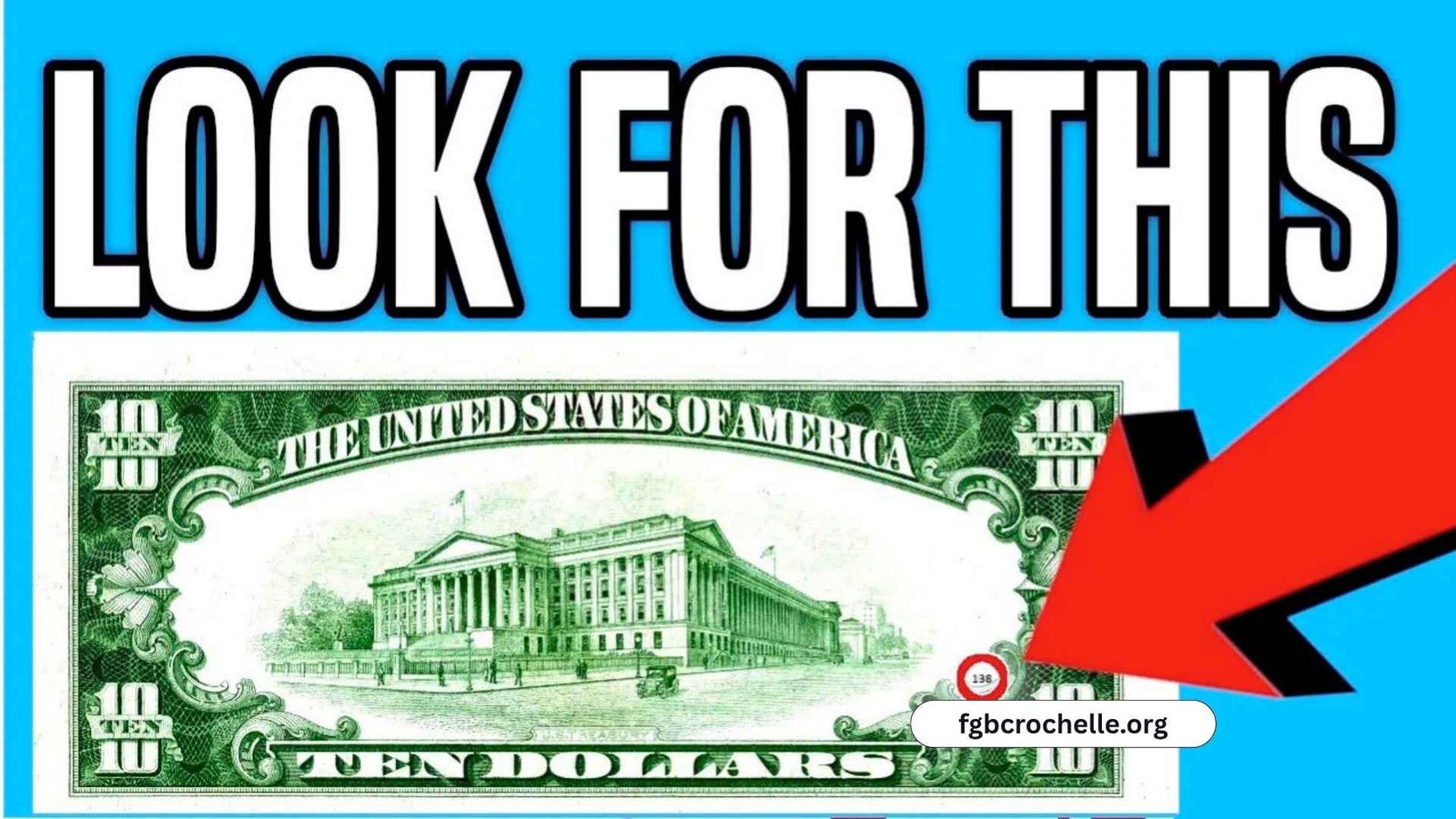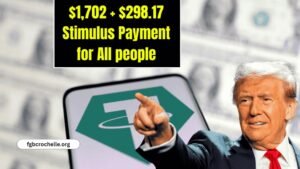Imagine paying for a burger and fries, only to find a rare $10 bill in your change that’s worth a fortune. That’s exactly what happened at a small-town diner, where a seemingly ordinary $10 bill with an inverted seal sold for a jaw-dropping $86,000 at auction. This isn’t just pocket change—it’s a collector’s dream! Stick around to uncover the mystery behind this valuable currency, why it’s so special, and how you might spot one in your wallet.
What Is a $10 Bill With an Inverted Seal?
A $10 bill with an inverted seal is no ordinary note. It’s a rare currency error where the green Treasury seal, typically printed upright on the right side of the bill, is flipped upside down. This mistake, made during the printing process, transforms an everyday $10 bill into a collector’s gem. The diner find? A pristine example that slipped past quality control, sparking a bidding frenzy.
The History of U.S. Currency Errors
Currency errors have fascinated collectors for decades. The U.S. Bureau of Engraving and Printing (BEP) produces billions of bills, but strict quality checks catch most mistakes. When a misprinted bill like an inverted seal $10 bill escapes, it becomes a rare artifact. Such errors date back to the 19th century, but modern examples, like the 1985 series, are especially prized for their scarcity.
| Notable U.S. Currency Errors | Description | Estimated Value |
|---|---|---|
| Inverted Seal (1985 $10 Bill) | Treasury seal printed upside down | Up to $85,000 |
| Misaligned Seal (2017A $5 Bill) | Seal shifted off-center | Up to $48,000 |
| Double Print (2004 $10 Bill) | Overlapping print on reverse | Up to $340,000 |
Why This $10 Bill Is Worth a Fortune
Why would a $10 bill sell for $86,000? It’s all about rarity and condition. The inverted seal error is a one-in-a-million flaw, and this particular bill was in near-mint condition. Collectors, or numismatists, crave these rare banknotes because they’re unique pieces of history. The diner discovery, reported in 2025, ignited a frenzy, proving valuable currency can hide in plain sight.
How to Spot a Rare $10 Bill in Your Wallet
Could you have a rare $10 bill? Here’s how to check:
- Check the Series Year: Look for “Series 1985” near Alexander Hamilton’s portrait.
- Inspect the Treasury Seal: The green seal on the right should be upright. If it’s upside down, you might have a winner.
- Examine Condition: Crisp, uncirculated bills fetch higher prices. Take your bill to a currency dealer or grading service like PMG for authentication. Don’t spend it—it could be worth thousands!
Read More:
Check Your Wallet Right Now — This $2 Bill Could Be Worth Over $80,000!
Check That $10 Bill: It May Be a Double Denomination Worth $88,000
Fascinating Facts About Currency Errors
- Rarity Rules: Only a handful of inverted seal bills from 1985 are known to exist.
- Auction Fever: A similar $10 bill sold for $94,000 after an ATM find in 2025.
- Collector’s Dream: Error bills like these are rarer than most collectible coins.
- Historical Oddities: Misprints tell stories of human or machine errors at the BEP.
| Recent High-Value Error Bill Sales | Year | Denomination | Sale Price |
|---|---|---|---|
| Inverted Seal $10 Bill | 2025 | $10 | $86,000 |
| Misaligned $10 Bill | 2025 | $10 | $94,000 |
| Inverted Seal $5 Bill (1995) | 2025 | $5 | $74,000 |
Expert Tips for Currency Collectors
Ready to hunt for rare currency? Experts share these insider secrets:
- Inspect Every Bill: Always check serial numbers and seals when handling cash.
- Join Collector Forums: Platforms like Reddit’s r/papermoney connect you with enthusiasts.
- Get It Graded: Professional grading boosts a bill’s value and authenticity.
- Stay Updated: Follow auction houses like Heritage Auctions for the latest error bill sales. These tips could turn a casual glance at your change into a life-changing discovery.
Frequently Asked Questions
How rare is an inverted seal $10 bill?
Extremely rare—only a few from the 1985 series are known, making them highly sought after.
Can I still spend a misprinted bill?
Yes, it’s legal tender, but don’t! Its collector value far exceeds its face value.
Where can I sell a rare $10 bill?
Try reputable auction houses, currency dealers, or platforms like eBay after authentication.
Are other denominations worth checking?
Absolutely! Error bills like the 1995 $5 inverted seal have sold for $74,000.
Conclusion: Could Your $10 Bill Be Next?
The $10 bill with an inverted seal that sold for $86,000 after a diner find is a thrilling reminder: treasure can hide in your wallet. This rare currency error turned pocket change into a windfall, proving that collectible banknotes are worth a second look. Next time you get change, check those $10 bills—you might uncover a fortune. Share this story, join a collector’s forum, or start inspecting your cash today!




